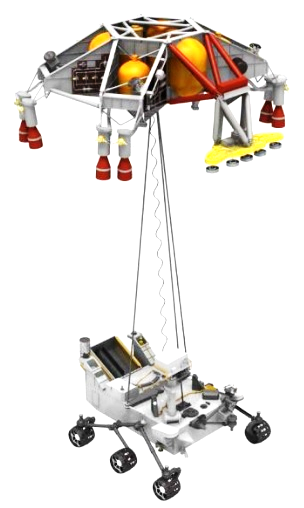Remote Concurrent Engineering from the customer's perspective
DOI:
https://doi.org/10.25369/ll.v1i1/2.30Abstract
Concurrent engineering is an approach to the development of complex systems that is characterized by direct communication between the disciplines involved. Learning this interaction and understanding what information needs to be communicated between disciplines are among the central learning objectives of the course "Spacecraft Design". In this course, the students represent different disciplines and work out a mission study that is commissioned by the instructors. The instructors thus participate in the development process in the role of customers. Due to the constraints associated with the COVID-19 pandemic, the course had to be transferred to a virtual format. This resulted in the key didactic challenge of adapting the structure and chosen methods so that the mission study, which relies on all participants working together, could still be conducted. This paper discusses how this was achieved through a mixture of synchronous and asynchronous teaching, how the students' learning experience turned out, and what conclusions emerged for the further development of the course for post-pandemic times.
Downloads
References
E. Kane Casani und R. M. Metzger: Reengineering the project design process, Acta Astronautica, vol. 35, no. 94, pp. 681-689, 1995.
https://doi.org/10.1016/0094-5765(94)00236-F
m. Bandecchi, B. Melton und F. Ongaro: Concur-rent engineering applied to space mission assessment and design, ESA Bulletin, vol. 99, pp. 34-40, 1999.
M. Banecchi, B. Melton, B. Gardini und F. Ongaro: The ESA/ESTEC concurrent design facility, Proc. Eu-SEC 2000, vol. 1, pp. 329-336, 2000.


